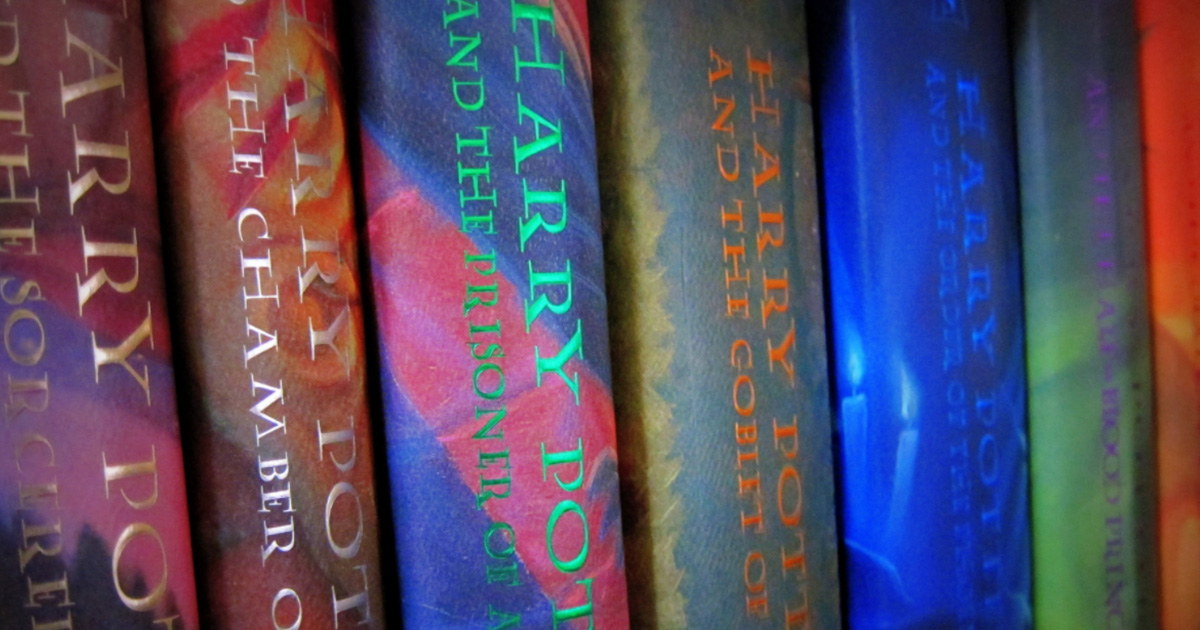If you were a child growing up in the late 90s and early 2000s, then Harry Potter was probably most definitely part of your lives if one way, shape or form. The books quickly became an international phenomenon. It was new, the latest craze! The world went Harry Potter mad, and for many, the books and films were an integral part of our childhood.
We will never again get to experience the magic of queuing up at midnight, waiting for the new book, not knowing what Harry would be getting up to next or how out favourite book series would conclude. Nothing much since has touched the hysteria that Harry Potter produced, but maybe this post will bring back a little magic for you, as we look at these interesting facts about the books that Potterheads will love.
30. Harry Potter and the Goblet of Fire is so long because Rowling made a mistake
The fourth book in the series, Harry Potter and the Goblet of Fire, represented a dramatic change from previous Potter books in terms of length. Not everything can go smoothly. Where the first three had been pocket-sized and seemingly designed for children, the new book represent something of a tome. The book’s unwieldiness wasn’t entirely intentional, either.
Writers will often get to a point and have to go back. In part, Goblet was so big because Rowling made a late-in-the-day error with regards to plot. In an interview in 2000, Rowling admitted that she wrote “what I thought was half the book” when she realised there was a “gaping plot hole.” The Goblet of Fire was so much longer than the other three books. This led to her missing the book’s original deadline and, ultimately, having to write her story out of a hole.

29. The value between coins is pretty steep
In the books, wizards use a different currency, with three coins. These are the Galleon, the Sickle and the Knut. There are three coins in the wizarding world. A Galleon is worth about £4.93 ($7.35). A Sickle is worth 29p ($0.46) and a Knut is worth 1p ($0.02). This means Harry paid about £34.51 ($51.45) for his wand. The value of them varies wildly.
In the wizarding world itself, 29 Knuts make up one Sickle, and there are 17 Sickles in a Galleon. In Harry Potter and the Philosopher’s Stone, Hagrid instructs Harry to pay the owl 5 knuts for his copy of the Daily Prophet. In Harry Potter and the Order of the Phoenix, Hermione pays an owl 1 Knut for the Prophet. James and Lily left Harry with quite a bit of money. This should give you some idea of how much things are worth in the series.
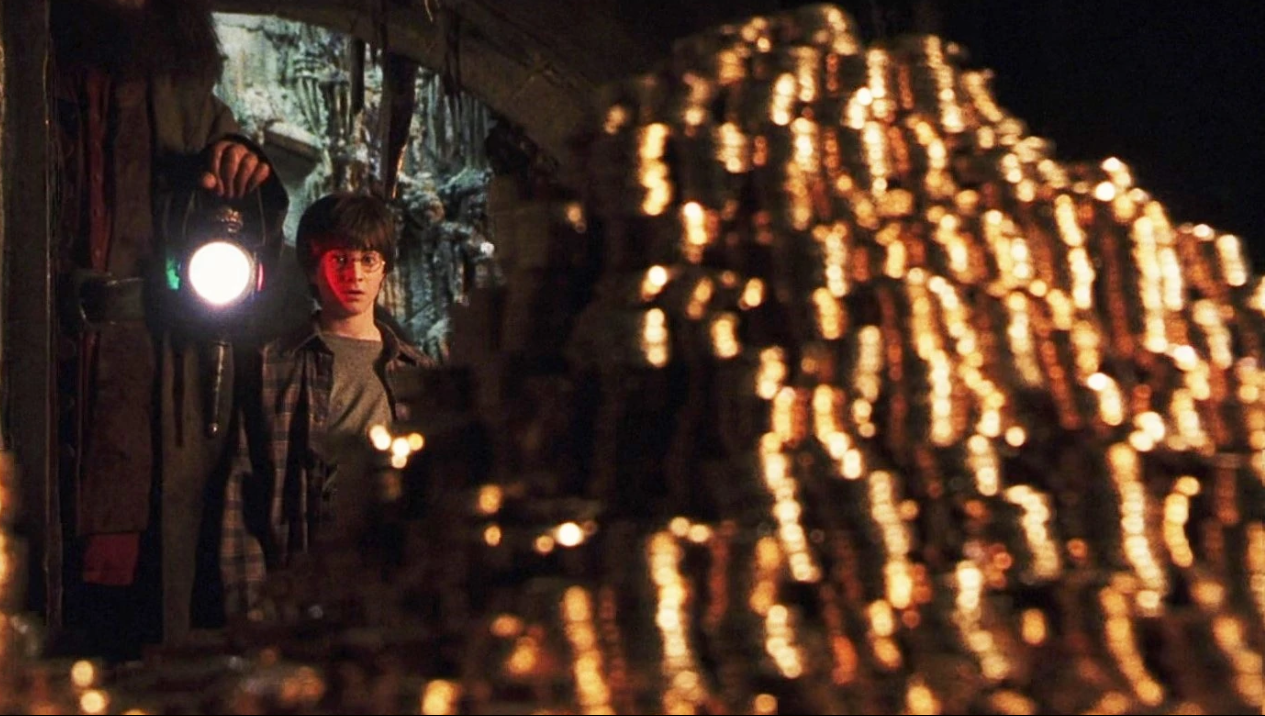
28. Dementors were written as Rowling’s way of coping with her depression
1990 wasn’t just the year that JK Rowling first began writing her Harry Potter series. Dementors are the embodiment of depression. Tragically, this was also the year in which the author’s mother died. This brought on an especially dark period for Rowling, who managed to channel her feelings into her writing, and specifically into creating the series’ Dementor creatures.
They suck out a person’s soul, leaving them as a shell. These ghostly beings who “glory in decay and despair” and who “drain peace, hope, and happiness out of the air around them” were a metaphor for Rowling’s own depression. Rowling described depression as “that cold absence of feeling – that really hollowed-out feeling. That’s what Dementors are.” Rowling says it’s a fate worse than death

27. Voldemort’s name in French is very different
While in the English-language version of Harry Potter it’s Marvolo, in French, Voldermort’s real middle name is Elvis. This is so that his full name, Tom Elvis Jedusor, would form an appropriate anagram in French: ‘je suis Voldemort’, much like Tom Marvolo Riddle is an anagram of ‘I am Lord Voldemort’ in English. It’s also not just in French where Voldemort’s name has been changed to fit the anagram.
In Spanish, his name became “Tom Sorvolo Ryddle,” which translates into “Soy Lord Voldemort.” In Dutch, his name is “Marten Asmodom Vilijn” which is an anagram for “Mijn naam is Voldemort.” In Brazilian Portuguese the name is “Tom Servolo Riddle” which makes up “Eis Lord Voldemort.” The books’ translators certainly put in overtime on these ones!
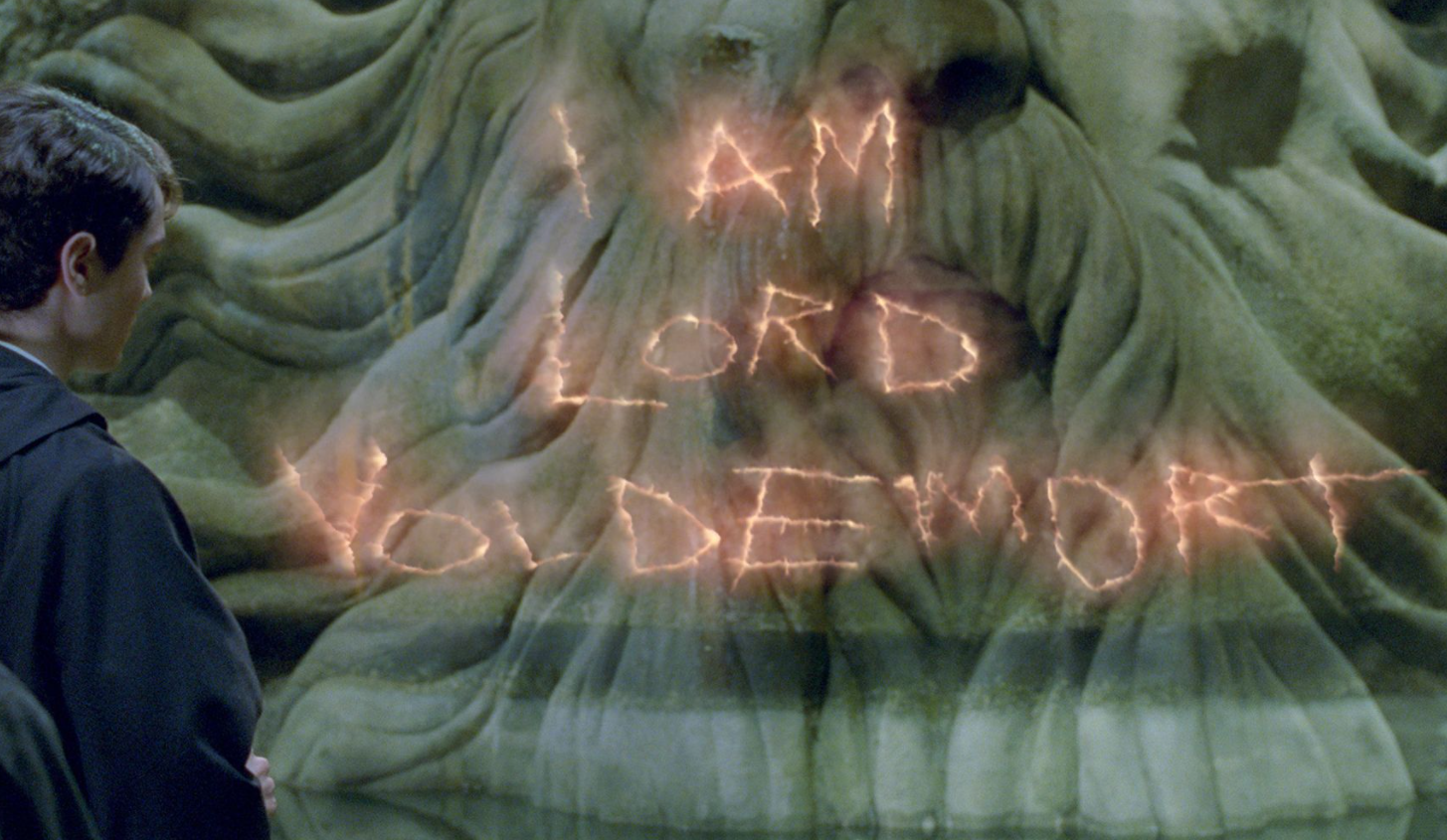
26. Some of the pets are different in other translations
Voldemort’s name isn’t all that has changed from translation to translation. In most versions of Harry Potter around the world, Neville’s pet Trevor is a toad. In the Spanish versions of the book, however, Neville’s pet toad is instead a turtle, for reasons no one can seem to explain. Trevor frequently ended up lost in the first books of the series.
Trevor was a gift from Neville’s Great Uncle Algie in recognition of the first time Neville showed magical ability and thus gaining admission to Hogwarts School of Witchcraft and Wizardry. At some point, Trevor escaped into the Black Lake. Both the pet and the owner felt a sense of relief. And if you want a nice little surprise in your life, you should check out Neville Longbottom now (aka Matthew Lewis… he’s a hotty!)
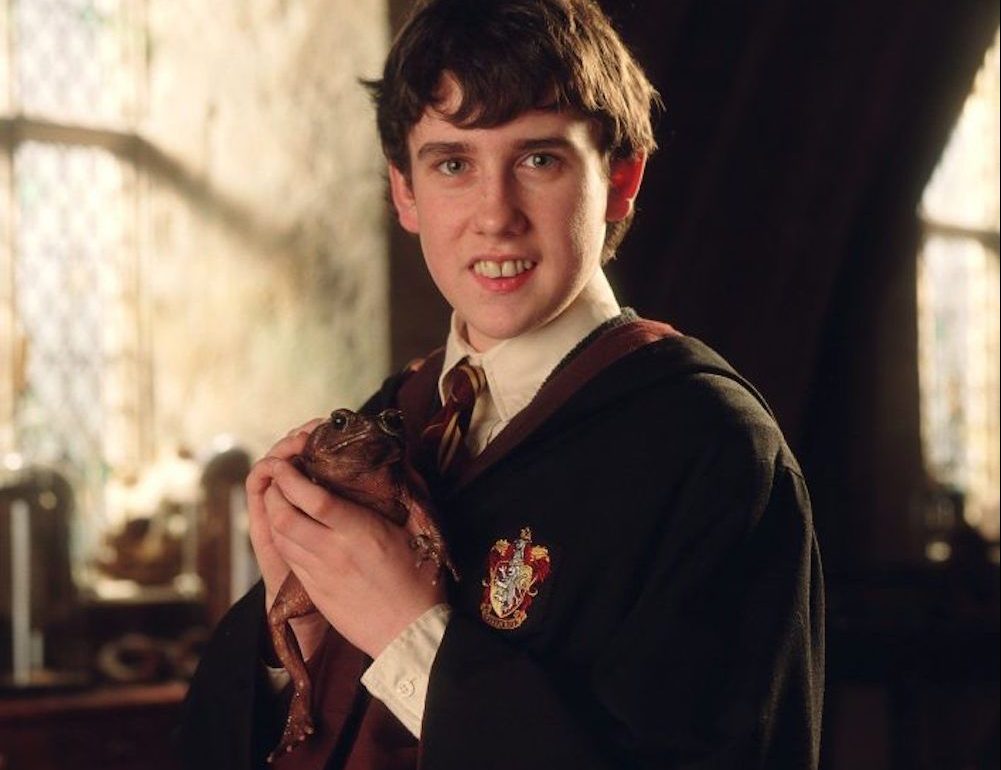
25. A character was cut from Harry Potter and The Goblet Of Fire
In early drafts of The Goblet of Fire, there was a character called Mopsy Fleabert, an elderly witch living in Hogsmeade. That’s right – The Goblet of Fire could have been even more jam-packed. She was an author and dog lover who took Sirius into her home thinking he was a stray dog. Fleabert eventually became irrelevant to the story, with Rowling cutting the character when she decided Sirius would hide out in a cave instead.
Mopsy wrote a series of books on animal ghosts. That’s a pretty niche subject. A copy of one of the books in the series, Animal Ghosts of Britain, was kept on the mantle in Gryffindor Tower in 1994. It is never explicitly stated that Mopsy the dog lover from J. K. Rowling’s Official Site and Mopsy Fleabert the author of Animal Ghosts of Britain from Pottermore are the same individual.

24. Dudley was originally going to show up at Platform 9 3/4s with a magical child
Dudley Dursley is Harry’s hated cousin, son of his aunt and uncle, Vernon and Petunia Dursley. Throughout his summer’s spent at number 4, Privet Drive, Dudley and his friends would regularly torment Harry. In Harry Potter and the Philosopher’s Stone, Hagrid gives Dudley a pig’s tail after the Dursley progeny eats Harry’s birthday cake. After that, Dudley and Harry never see eye-to-eye
When Harry eventually leaves Privet Drive in the last book, they shake hands and part ways with mutual respect. Rowling has said that she considered having Dudley turn up at Platform 9 3/4 in the epilogue with a magical child. They eventually shake hands before parting ways in the last book. She decided against it saying that “any latent wizarding genes would never survive contact with Uncle Vernon’s DNA.”
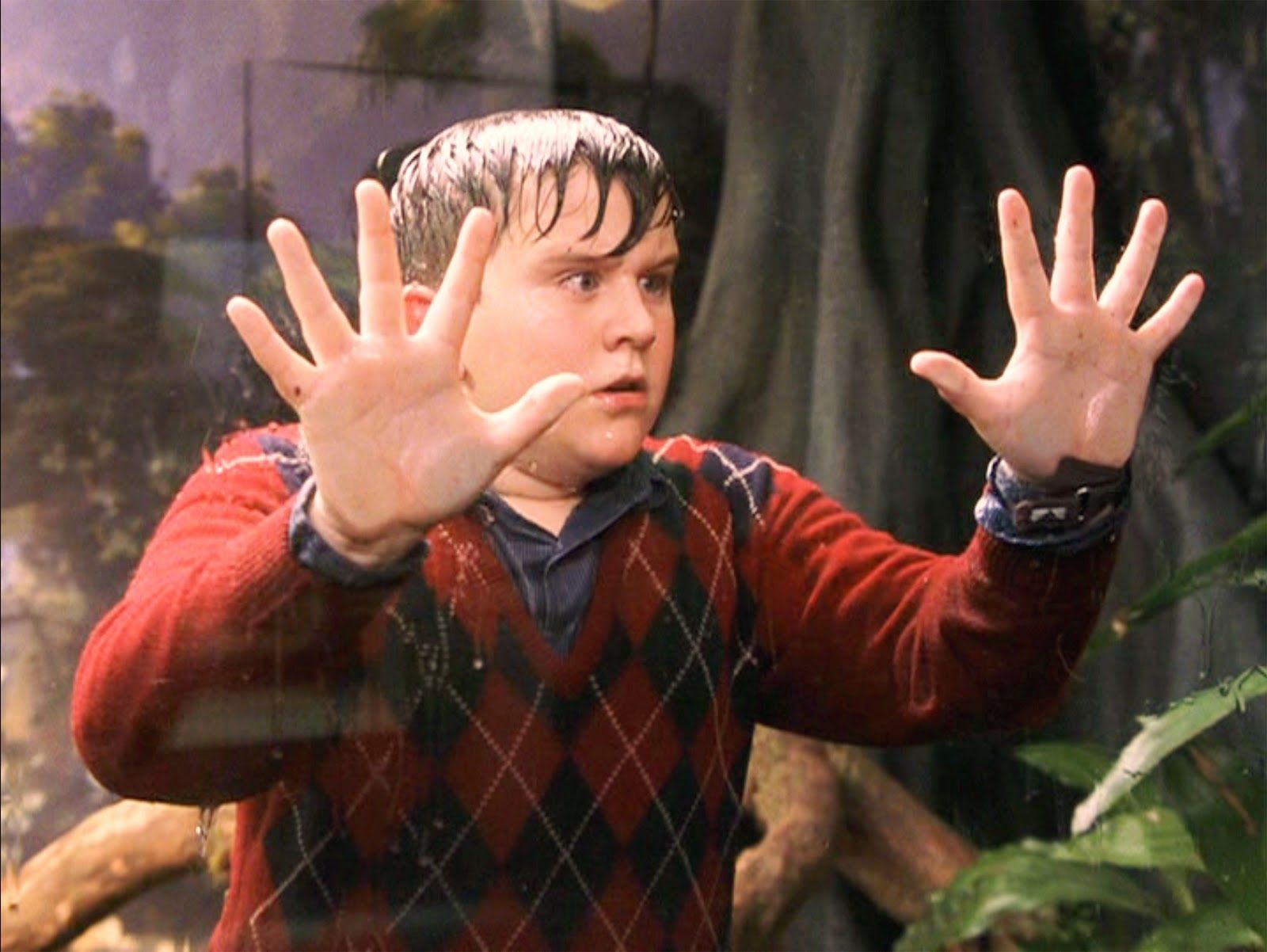
23. The last word changed from ‘scar’ to ‘all was well’
For years prior to the release of Harry Potter and the Deathly Hallows, JK Rowling had said repeatedly in interviews that the last word in the book was going to be ‘scar’. When the final book arrived, however, fans would discover that this had been changed to the much more upbeat ‘all was well’. J.K Rowling, prior to the book’s release, said in an interview with UK talkshow host Jonathon Ross:
“Scar? It was so for ages, and now it’s not. Scar is quite near the end, but it’s not the last word.” On finishing the book, she said: “I was in a hotel room on my own, sobbing my heart out. I downed half a bottle of champagne in one and went home with mascara all over my face. It was really tough. Actually finishing it was the most remarkable feeling I’ve ever had… [I felt] euphoria, devastated, when I finished one chapter near the end I absolutely howled, it had been planned for so long.”
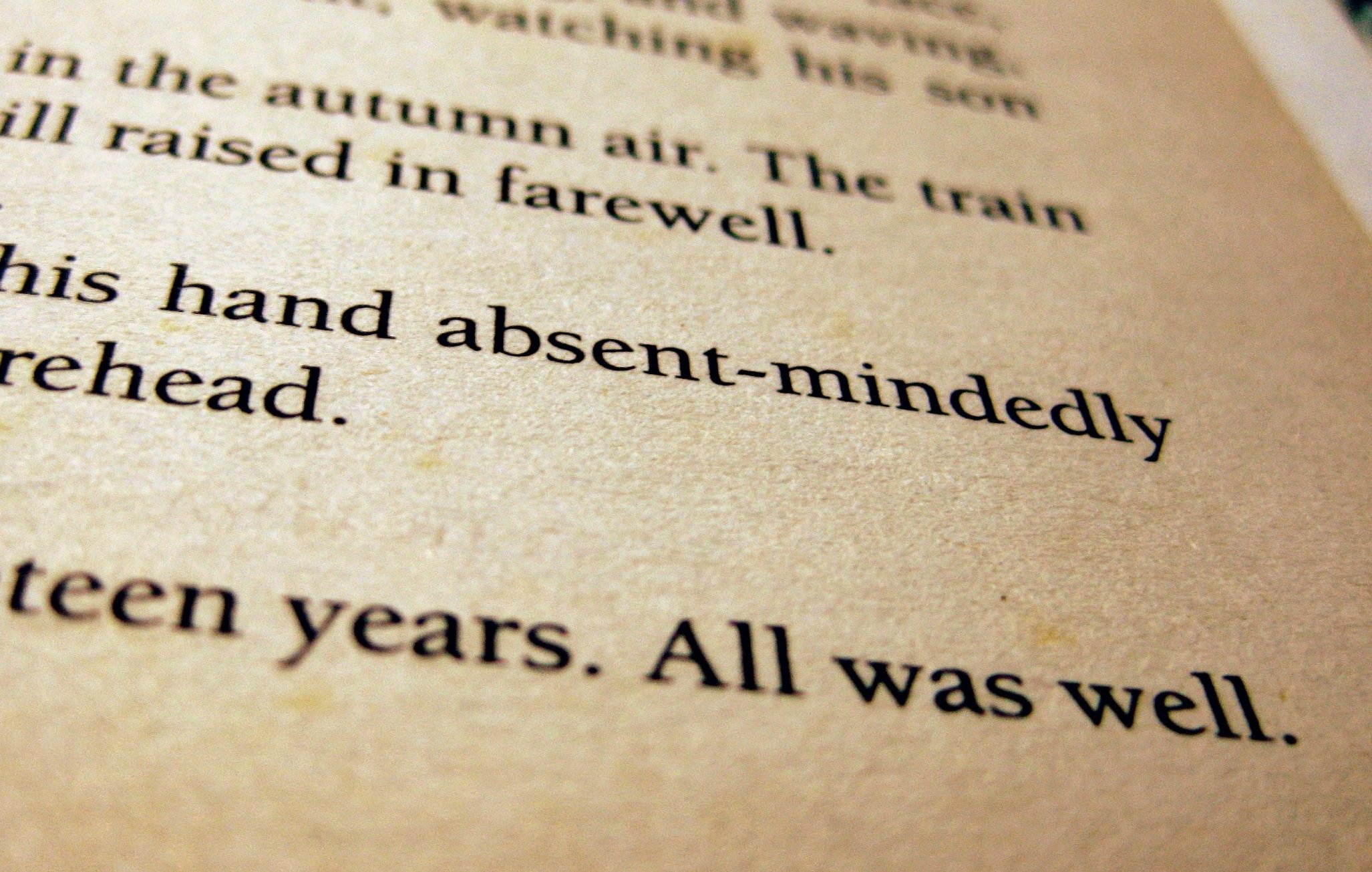
22. The books wouldn’t exist if an 8-year-old hadn’t read the manuscript
It wasn’t some discerning publishing exec who first saw the potential in JK Rowling, but, rather, his daughter. Every publisher had passed on the first Harry Potter book when 8-year-old Alice Newton, daughter of Bloomsbury Publishing chairman Nigel Newton, read the Philosopher’s Stone manuscript. Nigel passed it on to his daughter without himself having given the text much thought.
Little did he know what he was holding in his hands! Young Alice called the book “better than anything else,” encouraging her father to take it to print. This was perhaps the best decision Nigel Newton had ever made. It just goes to show that when it comes to picking out the best books for children, the children themselves know best!

21. It’s the biggest selling book series ever
Sure, everyone knows the Harry Potter books were big, but did you have any idea how big? Try the biggest of all time, with Rowling’s series beating out any written before or since. As of 2018, 500 million Harry Potter books have been sold worldwide, meaning the series has had more books sold than any other in history. JK Rowling is currently worth an estimated $650 million thanks to her book series (plus any film rights she received from the movies).
Such is Harry Potter’s global appeal, the books have so far been translated into 80 languages. Now she is worth millions, and is one of the most well-known people on the planet These include Azerbaijani, Welsh and even, incredibly, a pair of languages that are no longer even in use, with novelty Ancient Greek and Latin Harry Potter sets available out there.
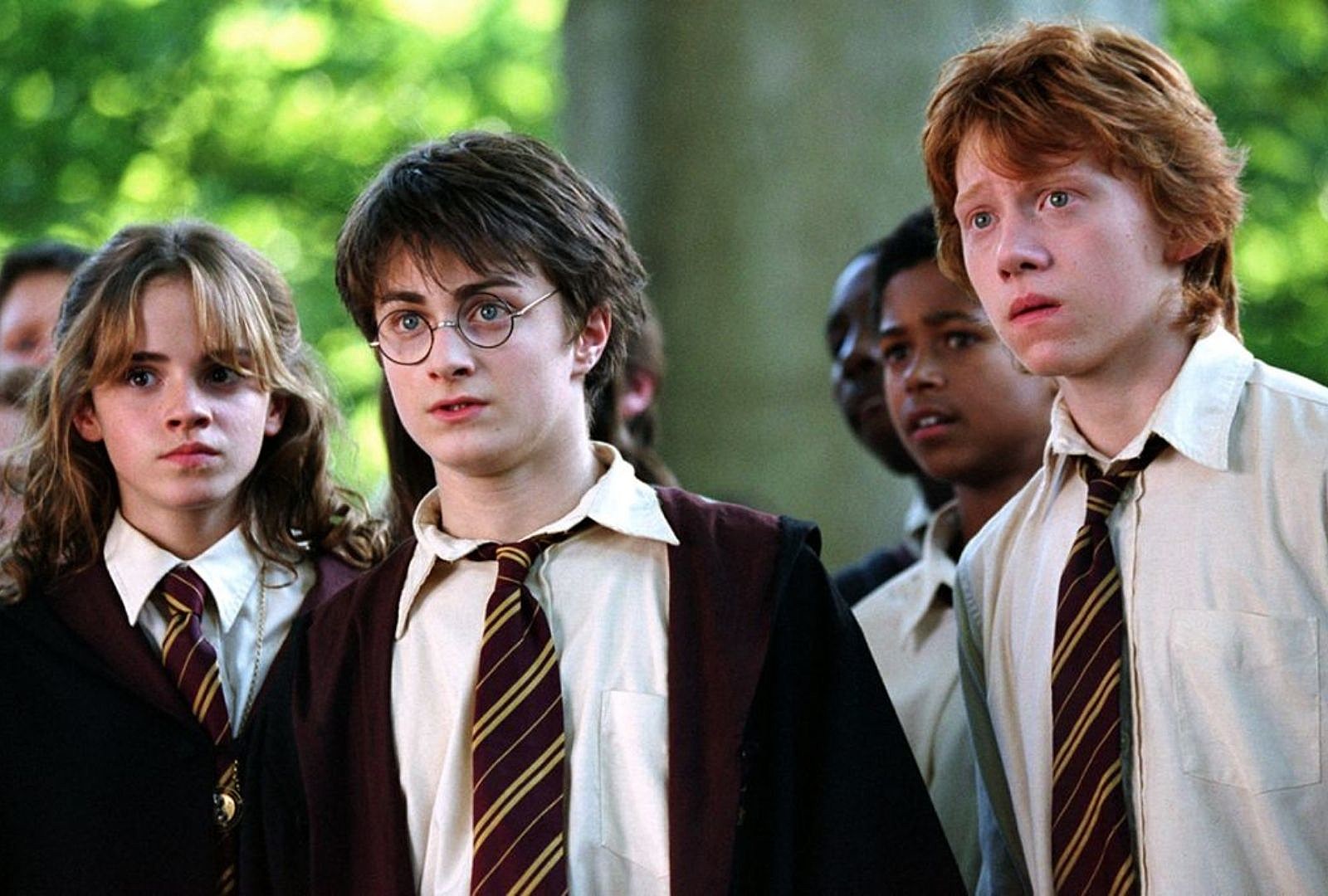
20. Hagrid was based on a Hell’s Angel JK Rowling knew
Fans of the series will certainly have noticed Hagrid’s distinctive look. He doesn’t care too much about his appearance and is always pictured with a striking mane of shaggy black hair. His large, brutish looks have all the makings of a Hell’s Angel Harry Potter’s gamekeeper Hagrid is arguably the giant, gentle heart of the whole story: a huge, shaggy-haired half-giant with a soft core.
According to Robbie Coltrane, JK Rowling based this character on a Hell’s Angel she actually knew from the West Country. Apparently he was a formidable and hirsute man who – like Hagrid – was actually a sensitive soul underneath the trappings. “People would move like ants out of his way,” Rowling says of her biker inspiration. “He would grab his pint, find a seat and say: ‘I don’t know about you, but the petunias this year are very bad.’ He was a gardener but he had fists like hams. He had a gentle heart.”

19. ‘Dumbledore’ actually has meaning in Old English
In order to write a series of books covering the myths and legends of the British Isles, it goes without saying that JK Rowling had to do her research. This involved looking into the Medieval practice of alchemy and, clearly, Old English words. Dumbledore for one isn’t a nonsense word invented by Rowling, but is in fact an Old English word for bumblebee.
She gave the headmaster the name because she “always imagined him as sort of humming to himself a lot.” Bellatrix Lestrange and Draco Malfoy weren’t wholly Rowling inventions, either. Bellatrix in Ancient Rome meant ‘female warrior’, while Draco comes from draconian, a word rooted in Ancient Greek, and ‘draco’, the Roman word for serpent.
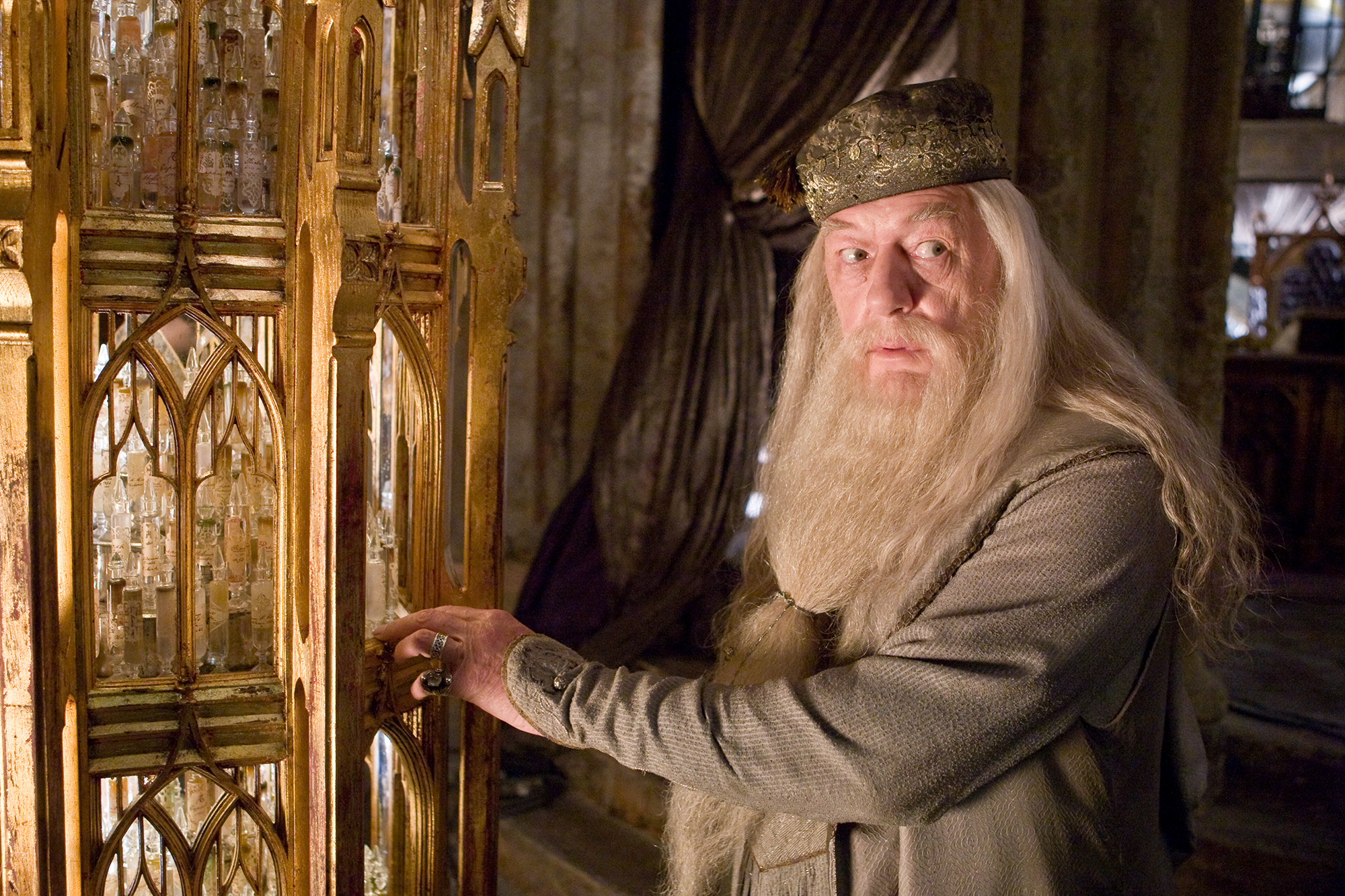
18. The Knight Bus’ driver and conductor are named after Rowling family members
The Knight Bus’ driver, Ernie Prang, and conductor, Stan Shunpike, like Dumbledore didn’t have their names just plucked fresh from Rowling’s imagination. There’s actually a really interesting story behind their names! Unlike Dumbledore, however, Stan and Ernie’s names carry much more personal meaning for Rowling.
The pair are actually named after the author’s grandparents. On her mother’s side, Rowling had Stanley Volant as a grandfather, while on her father’s side there was Ernie Rowling. The author made sure to pay tribute to them both. It seems like Prang and Shunpike have good hearts, but it perhaps isn’t the most flattering tribute given their anarchic road-sense!
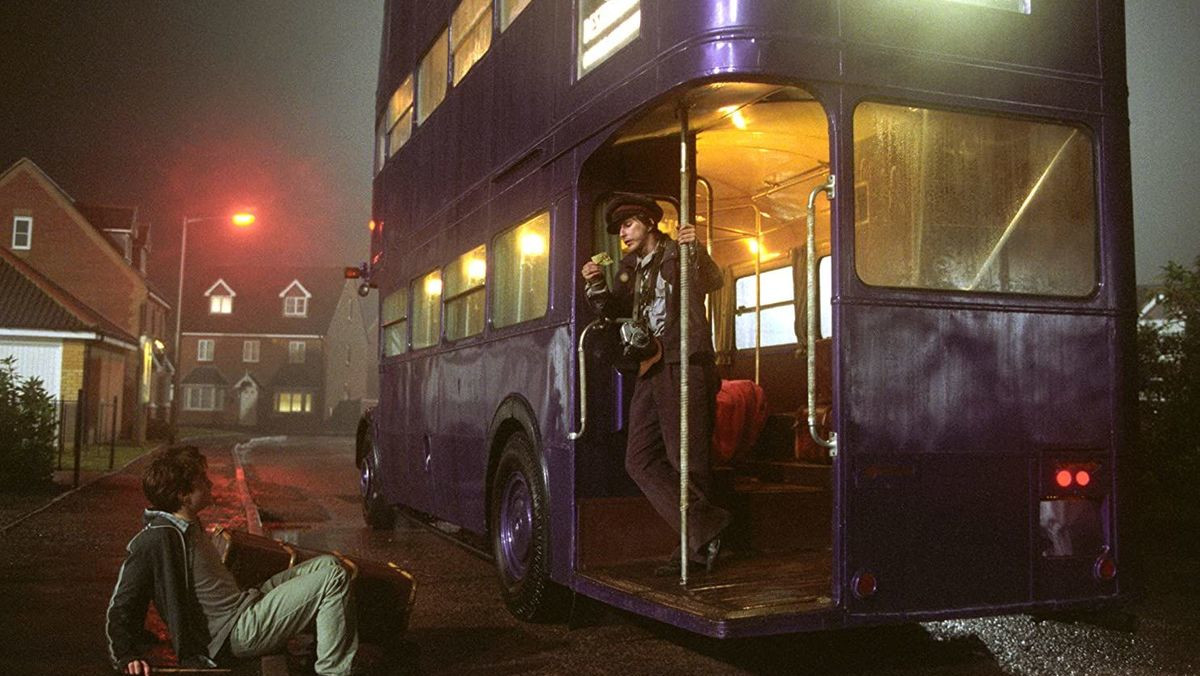
17. Rowling wrote the ending to Deathly Hallows before Philosopher’s Stone had even been published
JK Rowling was shopping her first Potter book, Harry Potter and the Philosopher’s Stone, to publishing houses way before it was finally published. She had one image in her head from the beginning. The first book had actually been finished a whole two years before publication, in 1995, with writing having begun five years prior to that.
But that’s not even the half of it. Though Harry Potter and the Deathly Hallows wouldn’t see shelves until 2007, the ending had already been written almost two decades prior. In 1990, a whole seven years before Philosopher’s Stone was on shelves, Rowling had already finished the epilogue to Deathly Hallows (just in case anyone doubted Rowling knew where the story was going all along).
She said she had always been working towards the image of Hagrid walking out of the forest with Harry in his arms, thinking he was dead. It was an ending she was working towards for many years This, she said, is what kept Hagrid alive until the very end. It’s unconfirmed whether this comment means Hagrid might otherwise have perished over the course of the series.
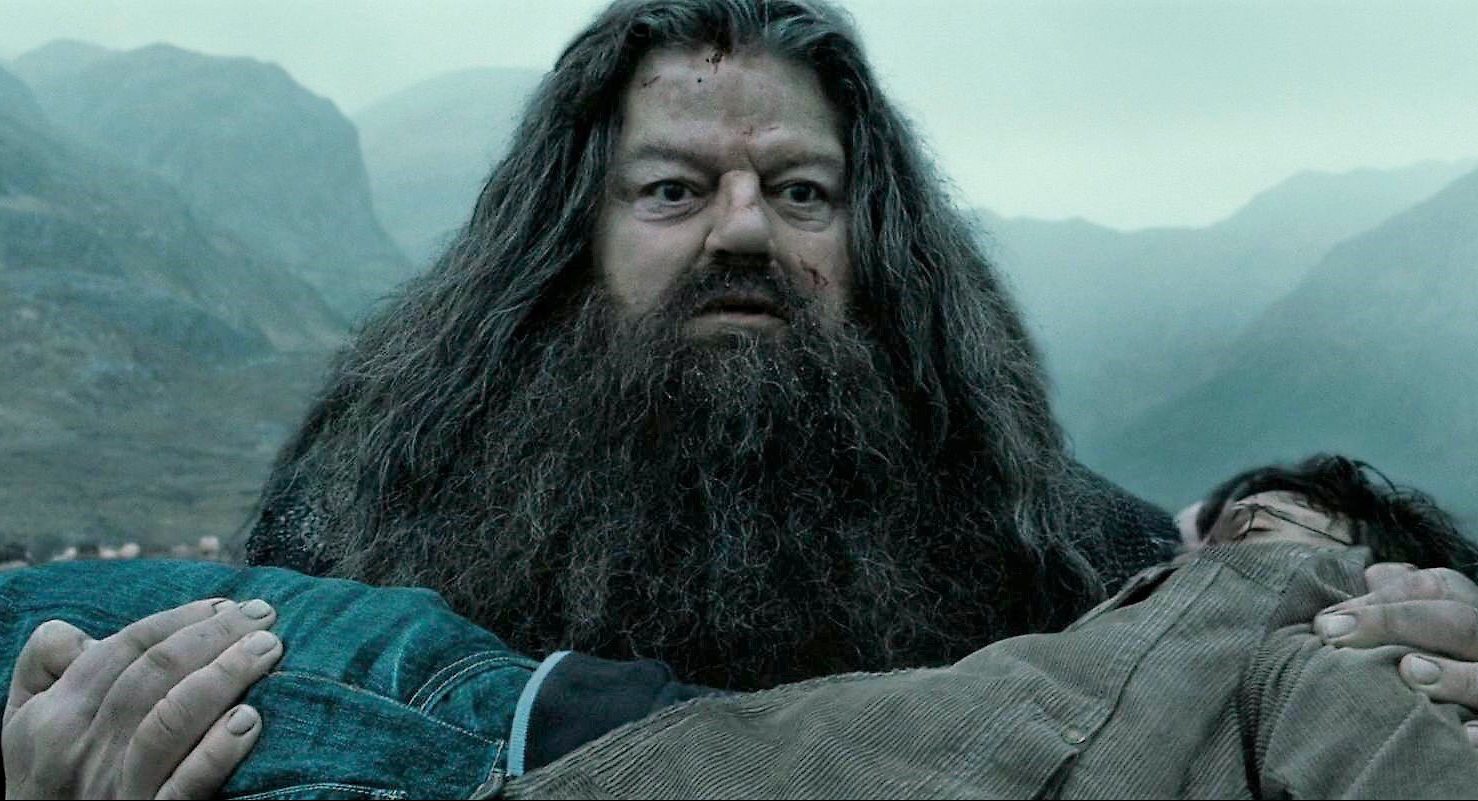
16. Rowling almost killed off a beloved main character
Though sense ultimately prevailed, Rowling did at one point seriously consider killing off one of the main characters in her series of children’s/young adult books, “out of sheer spite.” Luckily, all of the trio survives. Halfway through writing the series, Rowling felt someone in the story had to go. Seeing as how Harry was the main character and Hermione was handy to the author as an exposition machine, another crucial character was for the chop.
Rowling has admitted she “wasn’t in a happy place” at the time of writing the fourth book, and momentarily thought killing Ron was a good idea. Rowling changed her mind, thankfully, now admitting it would have been a mistake to kill off such a well-loved creation. We think there would have been an uproar if Ron had gotten the chop.

15. There won’t be any prequel books
Considering Rowling wrote a series of books that went on to be the biggest selling of all time, it would make sense that both fans and publishers Bloomsbury would be clamouring for more. Unfortunately (or fortunately?), Rowling has ruled out any more Potter books, and has said prequels are out of the question. The reason? Well, Rowling has since moved on from fantasy and has started a new line in crime fiction.
The Cursed Child acts as the story’s official ‘sequel,’ but otherwise she just doesn’t think there’s anything left to add to the Harry Potter story. The author did write an 800-word short story ‘prequel’ for charity in 2008. It involves Sirius Black and James Potter being chased by muggle police, though it isn’t part of a larger project and we aren’t holding out hope.
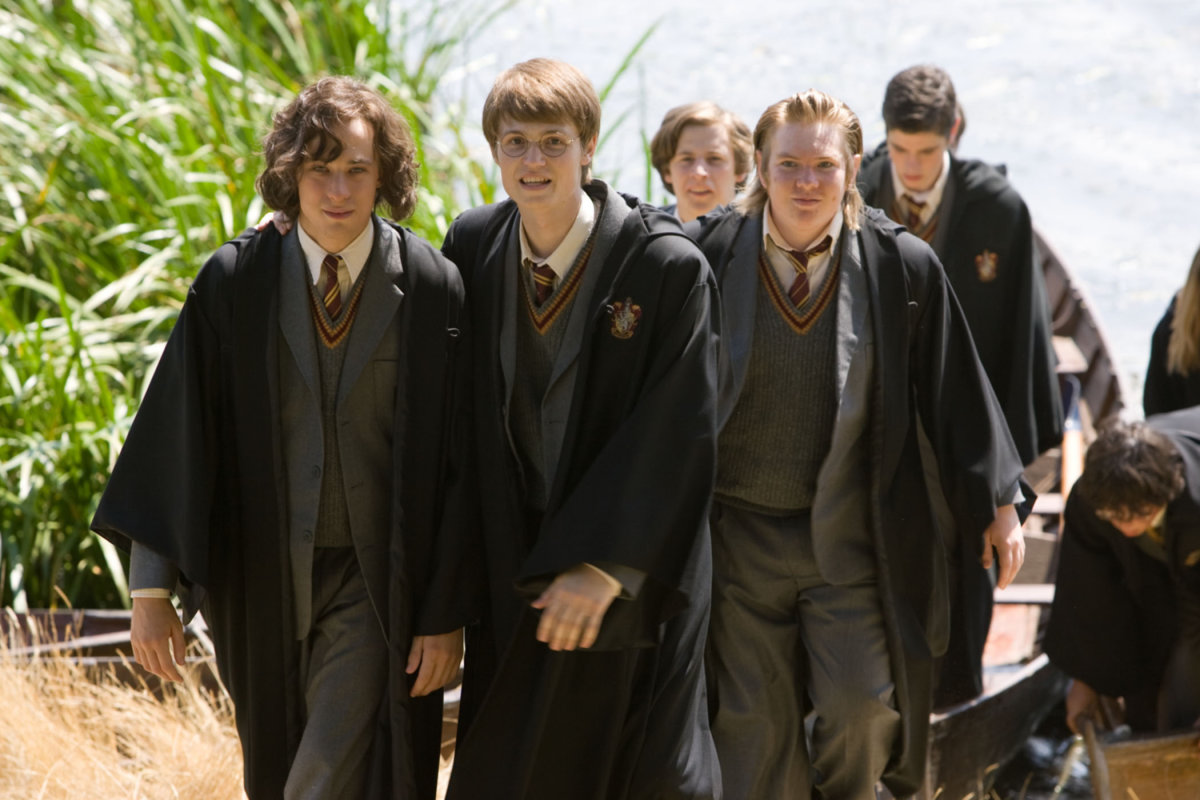
14. An argument with an ex inspired Rowling to invent Quidditch
As fun as Quidditch may look to play, the wizarding sport that JK Rowling invented for her Harry Potter series didn’t have happy beginnings. Fans might be surprised to learn the real reason why the author came up with the game, and it’s not the wholesome imaginative kind of source you might think! Rowling claims she was first inspired to devise the game after an “enormous argument” with her then-boyfriend.
The author retreated to a hotel room in Manchester, where she invented a sport that she knew would “infuriate men” in her fantasy world. Said Rowling in a 2003 interview: “I don’t really know what the connection is between the row and Quidditch except that Quidditch is quite a violent game and maybe in my deepest, darkest soul I would quite like to see him hit by a bludger.”
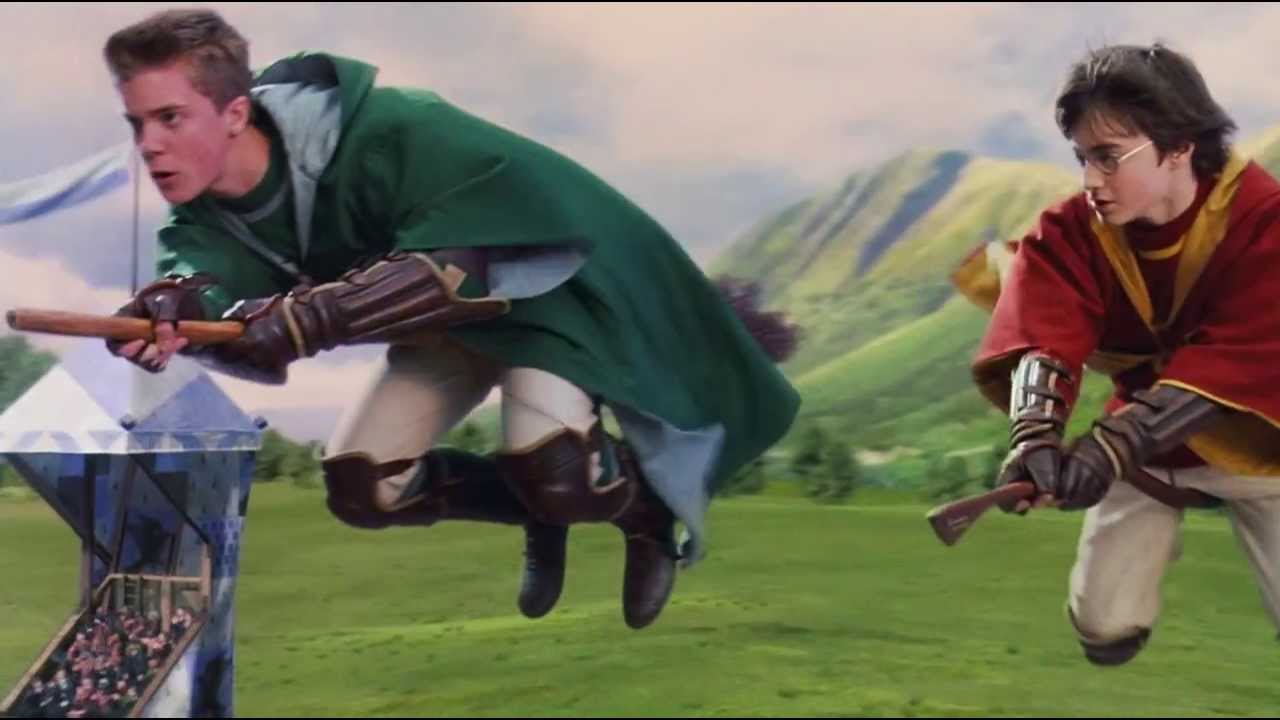
13. Non-English speaking fans were frustrated at the translation delays
The non-English fans became so impatient waiting for their language’s versions, that they began translating them on their own. In 2007, a 16 year old was arrest in France for publishing a pirated translation of the Deathly Hallows online. The 16-year-old schoolboy, from the Aix-en-Provence region in southern France, was taken into custody by a police anti-counterfeiting unit and later released.
“Concerned that such acts of counterfeiting are threats to basic authors’ and creators’ rights, (author J.K. Rowling and Gallimard) immediately agreed to support the investigation as it was launched,” said Gallimard, the French publishers of the book. “It is not a young person or a fan we are talking about here — these are organized networks that use young people.” With the book being the fastest selling in history, many French bookstores sold the English editions before the official French language release.

12. J.K. Rowling said categorically that she will not write another fantasy novel
Since the Harry Potter series ended, JK Rowling has said that her time with the fantasy genre is done. This has so far not proven entirely true, however. Let us explain why. Though Rowling has since spent most of her writing hours as crime novelist ‘Robert Galbraith’, she has also co-written the stage sequel Harry Potter and the Cursed Child, and also writes the screenplays to the Fantastic Beasts film series.
In an interview with CNN, the British author revealed that on her 50th birthday, she wrote a “fairytale” on her party dress. The theme of her birthday party was ‘your private nightmare’ and Rowling, being Rowling, went dressed as a lost manuscript. “And I wrote over a dress most of that book. So that book, I don’t know whether it will ever be published, but it’s actually hanging in a wardrobe currently,” she told CNN. It’s unlikely we’ll ever know what it is about.
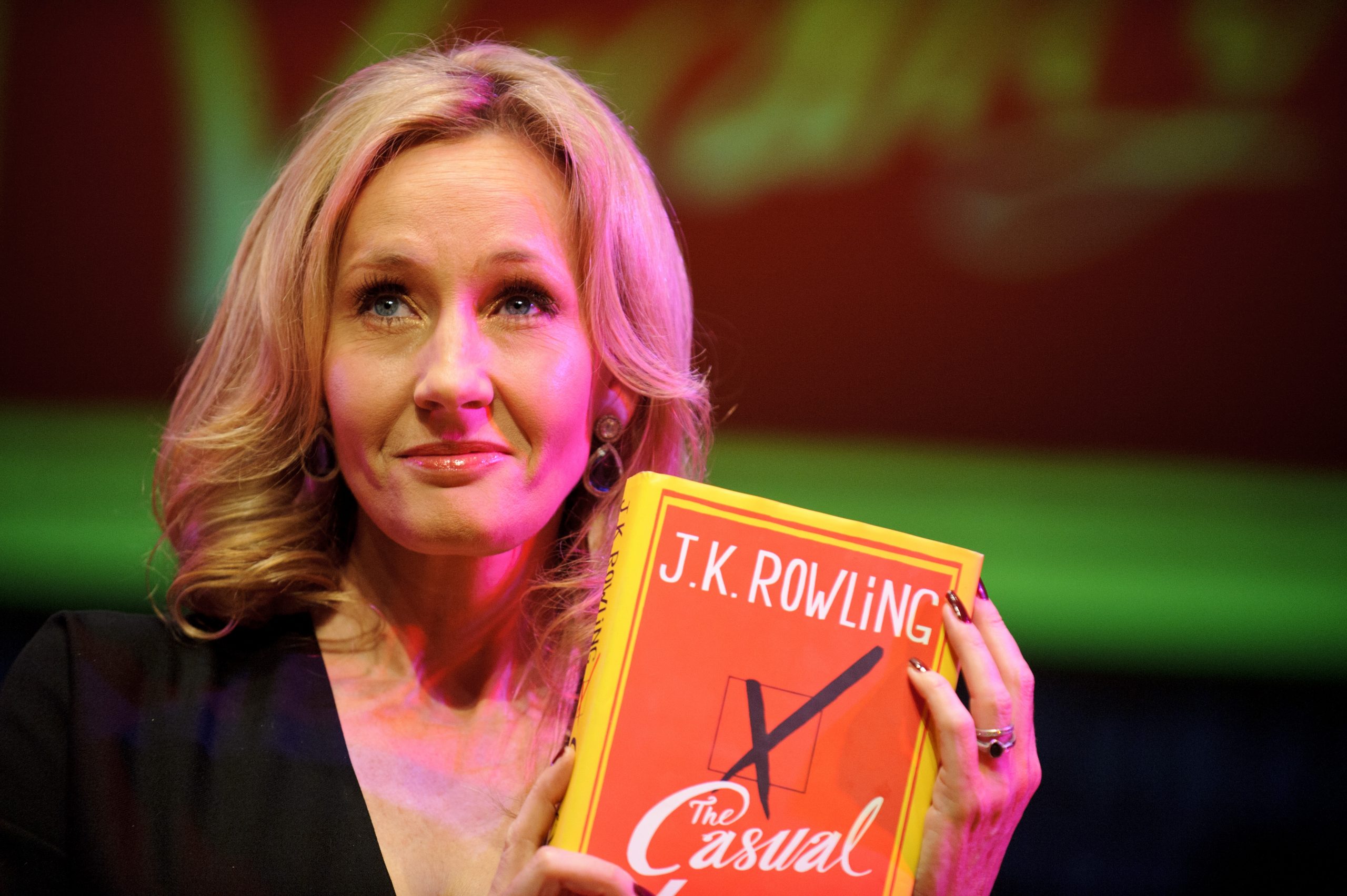
11. Words she has invented have ended up in the Oxford English Dictionary
Rowling’s influence extends far beyond the world of books and movies. Words that Rowling has invented have even made their way into the Oxford English Dictionary, with the word ‘Muggle’ added to the OED in 2003. Quidditch also made its way into the OED in 2017. There are several other possibilities that could be added sometime in the near future.
The BBC learned that another small list of words associated with the Harry Potter book series is on the Oxford University Press watchlist, which decides on the words likely to gain inclusion in its dictionaries. Potterhead… Wrock… Bellatrix… many other words are up for consideration (wrock being wizard-rock, of course – something that crops up in everyday chat.)
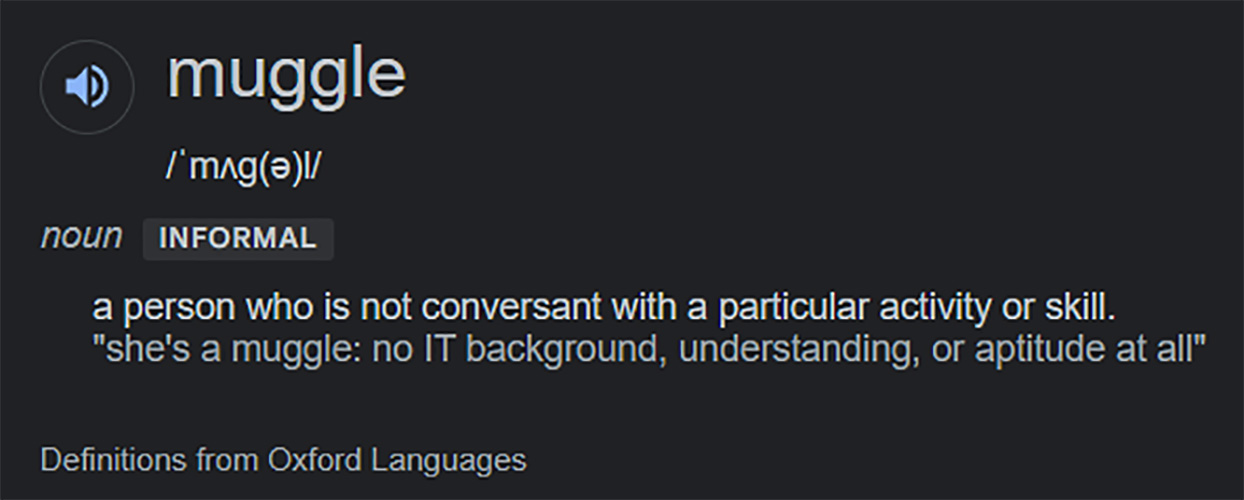
10. If Voldemort encountered a boggart, he would see…
A boggart is a creature which turns itself into whatever it is you fear the most. The creature is introduced into the Potter-verse in The Prisoner of Azkaban, during one of Professor Lupin’s Defence Against The Dark Arts classes. Before Harry is allowed to see the Boggart, Lupin jumps in front of quickly, quickly fearing it might turn into Voldemort.
Instead, it turns into a full moon due to Lupin being a werewolf. J.K Rowling was once asked what the Boggart would turn into if Voldemort saw one. Her reply was: “A corpse of himself, because he thinks that death is a shameful human weakness.” On the other hand, it might be a range of trendy Specsavers glasses he could never wear.
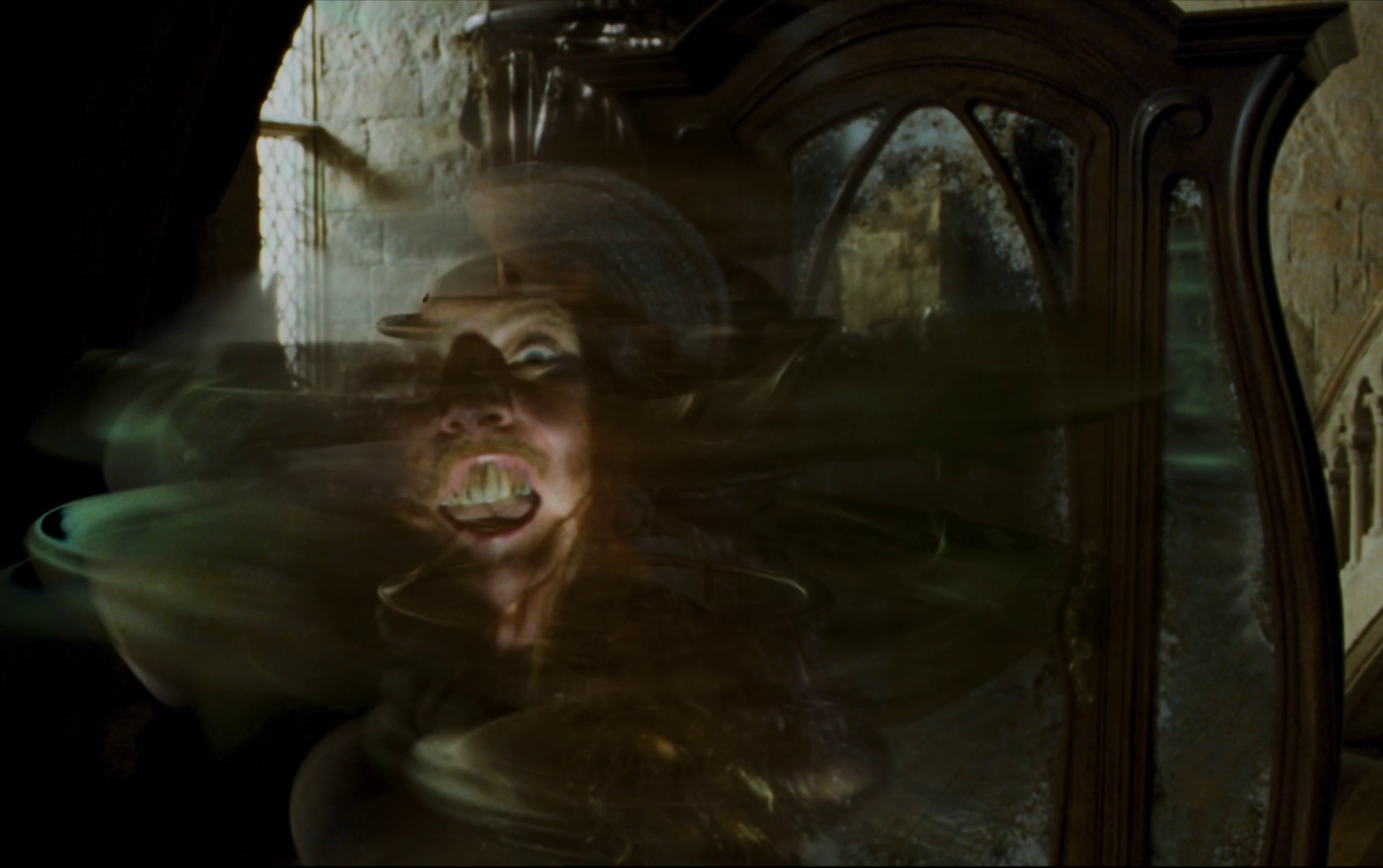
9. Lupin and Tonks weren’t supposed to be killed off
Book fans will know that Lupin and Tonks meet a tragic end. The couple are killed during the Battle of Hogwarts – Lupin sees his wife Tonks murdered by Bellatrix Lestrange, whilst Lupin himself is killed by the Death Eater Antonin Dolohov. It was a sad way for this noble couple to die, but according to the author herself, it might never have turned out this way at all.
Rowling gave a number of interviews after the seventh book was released, and in one revealing exchange she stated that she had originally intended to keep the pair alive. Unfortunately she had a change of heart at the last minute, so the couple died whilst trying to stop Voldemort and the forces of evil from taking over the magic world. Lupin was posthumously awarded the Order of Merlin – the first werewolf ever to receive this distinction!

8. Hermione’s Amortentia potion gives a clue as to her eventual romantic partner
Amortentia is said to be the most powerful love potion in existence. Horace Slughorn teaches his students how to brew the potion, which gives off a powerful and unique aroma for each person who smells it. Apparently whatever you smell in a batch of Amortentia is the thing that you are attracted to most. Hermione doesn’t reveal what she smells in the books, but Rowling later shared her secrets in a 2007 webchat.
According to the author, Hermione could smell freshly mown grass, new parchment, spearmint toothpaste, and Ron’s hair. Which is interesting considering what happened with Ron and Hermione later on in the books… Meanwhile Harry smells treacle tart, a broomstick handle and Ginny Weasley’s hair. Then again, they might all be in love with a shampoo salesperson.
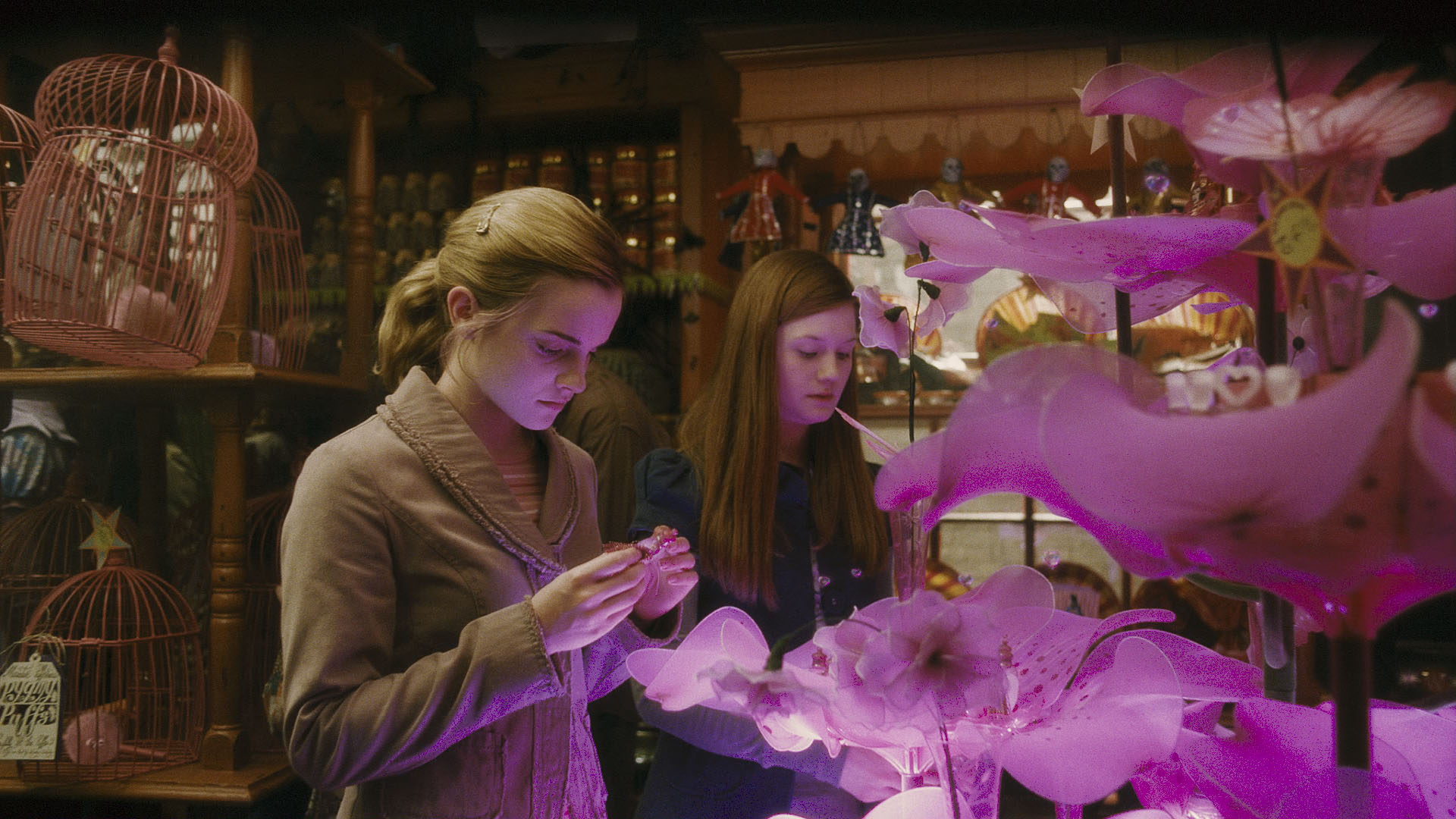
7. There are only 500 first-edition copies of Harry Potter and the Philosopher’s Stone
Apparently there are only 500 first-edition copies of the first ever book in the series, Harry Potter and the Philosopher’s Stone. Around 350 of these are hardback copies, whilst 150 are proof copies. But how can you tell if you’ve got one lying around on your bookshelf somewhere? Apparently you need to look out for a print line that reads 10 9 8 7 6 5 4 3 2 1 and also a credit which reads ‘Joanne Rowling’ rather than ‘J K’.
If you do manage to find one you could bag yourself up to $40,000 online! So best get looking and see if you’re in for a big payday. It’s pretty amazing that the first book only had an initial print run of 500 copies – compare this to the Deathly Hallows, which saw a whopping 12 million copies released at midnight on 21st July, 2007. Harry Potter first editions have now become the ‘Holy Grail’ for fans of the series.
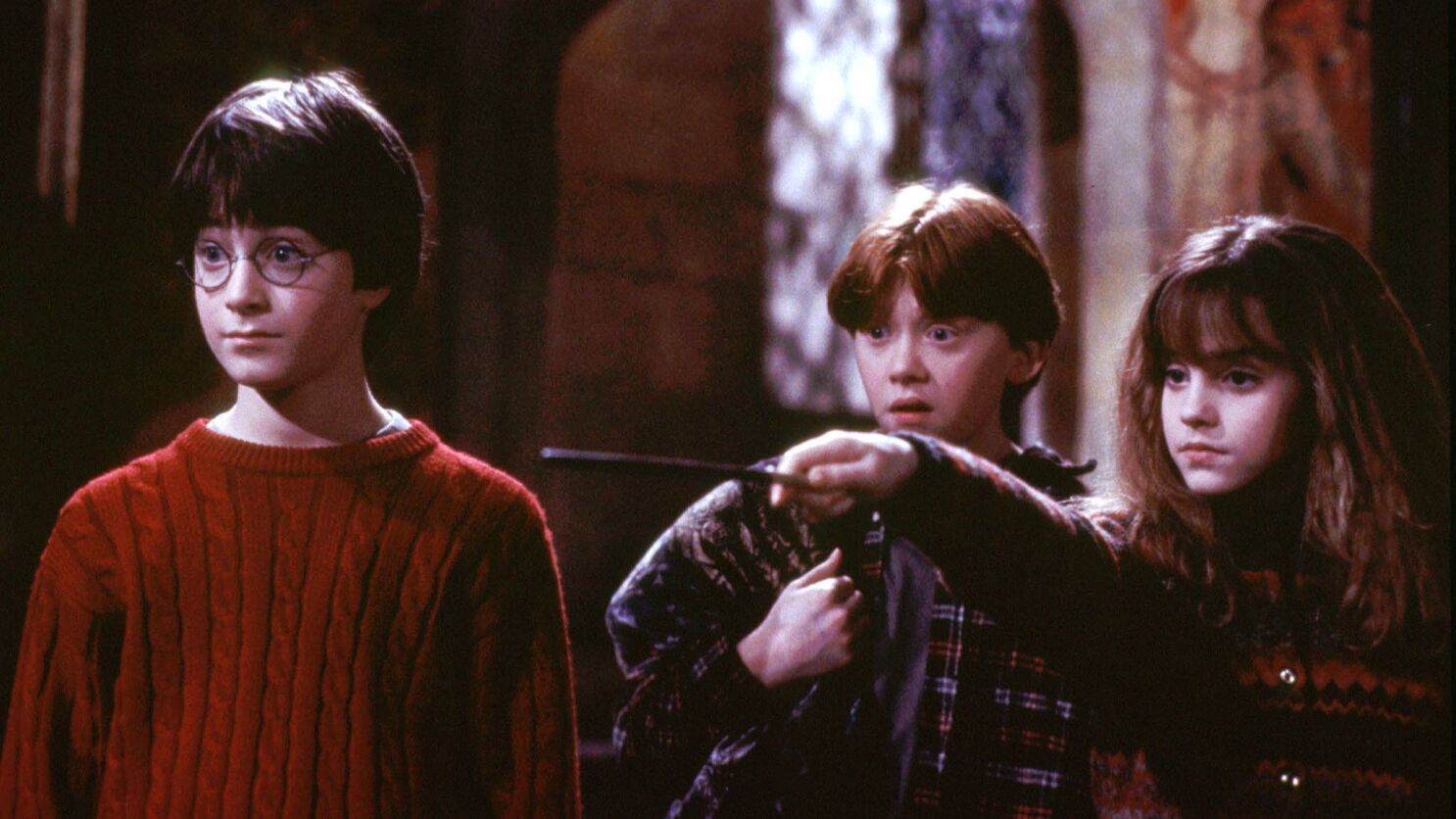
6. “The Mirror of Erised” is one of Rowling’s favourite chapters in the entire series
Rowling has plenty of moments to choose from in naming her favourite part of the Harry Potter books. And the author once revealed that her favourite part of the entire series is when Harry visits the Mirror of Erised and sees his parents in the reflection. Harry discovered the mirror after using his invisibility cloak for the first time, and quickly became obsessed with looking at his parents.
Rowling has also stated that her favourite chapter in the books is “The Forest Again” from the Deathly Hallows. Funnily enough, both of these moments have something in common… They are both important moments in which Harry reconnects with the memory of his parents. When asked what Voldemort would see in the mirror, Rowling replied that he would see himself with complete and total power.

5. Hagrid bought Fluffy from “a Greek chappie” he knew
Fans of the series will know Fluffy as the three-headed dog lurking on the forbidden third floor at Hogwarts. Right at the start of the book series, Hagrid reveals that he bought the unlikely pet from “a Greek chappie” he met in the Leaky Cauldron pub. Fluffy is a direct borrowing from Greek mythology – Cerberus was the most famous three-headed dog in literary history and was responsible for guarding the Underworld.
For some reason in the films, Hagrid says that he bought Fluffy from “an Irish fella” instead, perhaps a reference to actor Robbie Coltrane’s (Scottish) Celtic roots. This meant that the original Greek mythology connection disappeared. Rowling was probably inspired by her time as a Classics student at Exeter, with the series also including legendary monsters such as the basilisk, a griffin and goblins.

4. Hermione and Dumbledore were pretty much all-knowing
These two characters represented a very useful plot device for Rowling. Both are highly intelligent characters – Hermione is a classic bookworm whilst Dumbledore is one of the greatest wizards who ever lived. This characteristic came in very useful for Rowling who would often use Hermione or Dumbledore whenever she needed to get something across to the reader.
Rowling explained that this was because Dumbledore “pretty much knew everything anyway” whilst Hermione would probably have read the information in a book somewhere. They made her life a lot easier when it came to writing the novels, especially since Harry is a clueless Mary Sue, and the less said about Ron’s wisdom the better!

3. Hedwig’s death is highly symbolic
Hedwig was one of the cutest characters to star in the Harry Potter series. Hedwig was Harry’s snowy owl – Hagrid gifted Harry the pet on his 11th birthday, just in time for the new term at Hogwarts. Hedwig was quite different to some of the other owls in the series – as well as delivering Harry’s letters, she was also his firm companion.
So fans of the series were devastated when the faithful Hedwig died in the last book during the Battle of the Seven Potters. Apparently this had a particularly symbolic function in the story – Rowling has previously stated that her death symbolises the loss of Harry’s innocence. Poor old Hedwig will always be remembered by us as a hero!
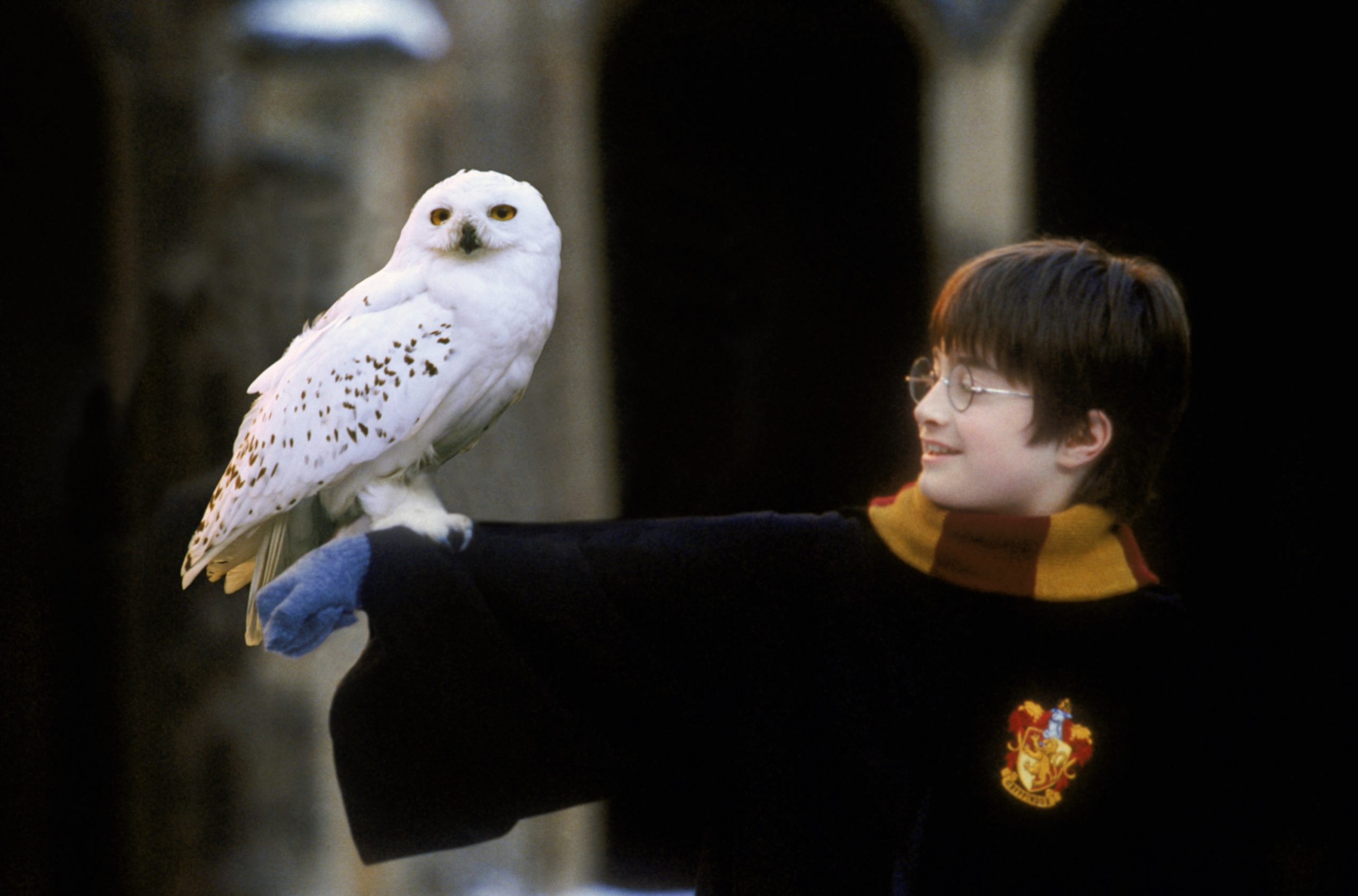
2. Rowling was sued for plagiarism in 2011
Fans of the author may not realise that Rowling was once taken to court in a plagiarism lawsuit. In 2009, the estate of deceased author Adrian Jacobs filed a £500 million lawsuit against the author amid claims that she plagiarised nearly all of the Goblet of Fire story. Jacobs’ family argued that she had lifted content from his book The Adventures of Willy the Wizard and turned it into the fourth novel of the saga.
Thankfully the court case was dropped, with David Hooper (a solicitor for Bloomsbury) ridiculing the claim: “The whole thing is a scandal. It was an absolutely ludicrous case.” Rowling herself called the claims absurd and stated that she had never seen a copy of Jacob’s book until the case first came to light. Instead Jacobs’ estate was forced to pay security costs to Bloomsbury and Rowling.

1. Rowling’s parents met on a train travelling from King’s Cross to Scotland
There’s a really romantic reason as to why the Hogwarts Express always departs from King’s Cross. Apparently Rowling made the decision because her parents met each other on a train travelling from King’s Cross to Scotland. The train was headed to Arbroath in 1964 when Peter and Anne got talking – the couple later got married in March 1965.
Unfortunately Rowling has endured a strained relationship with her father over the years, and the pair have not been on speaking terms in the past. Meanwhile Rowling’s mother died shortly after the author began writing the first ever Harry Potter book. She later channelled her feelings of loss and despair into Harry’s experience as an orphan.


